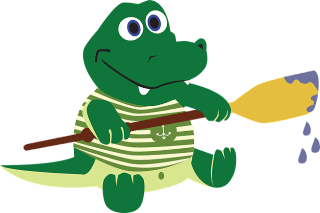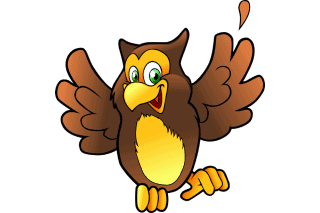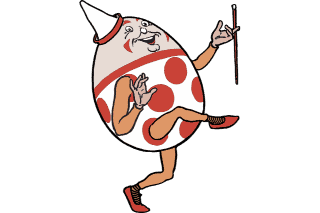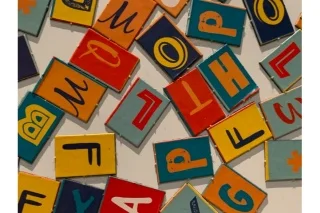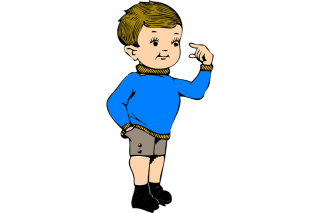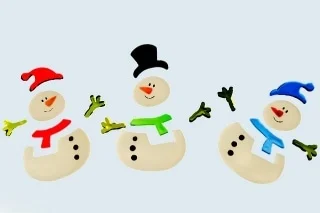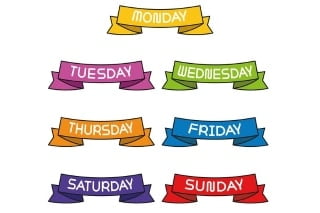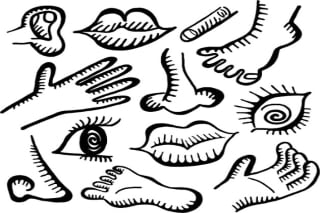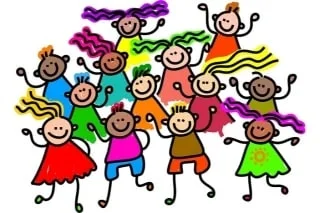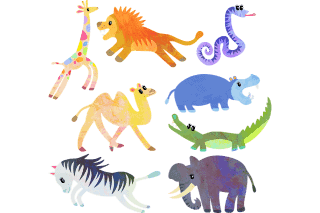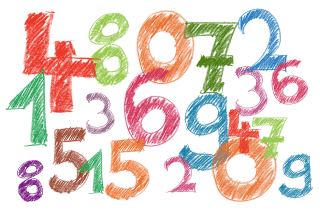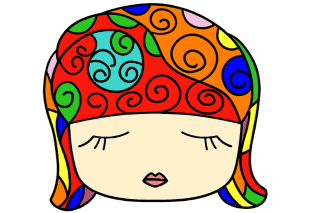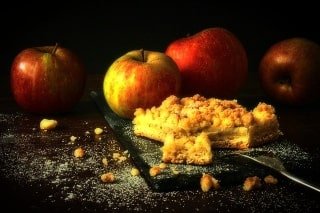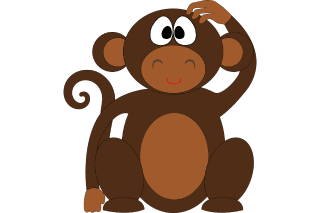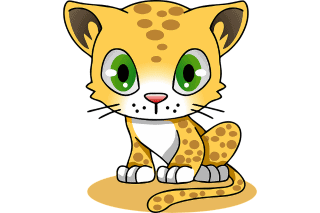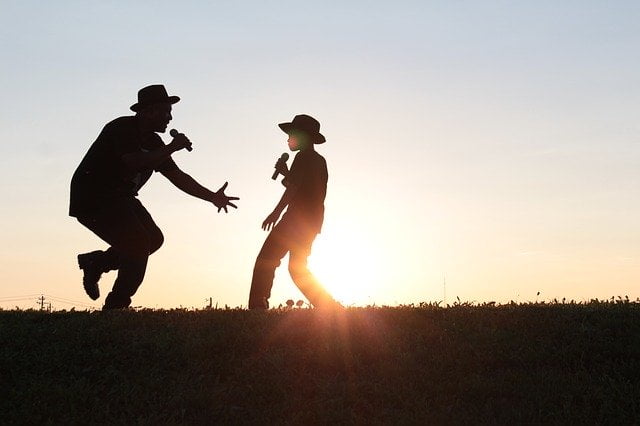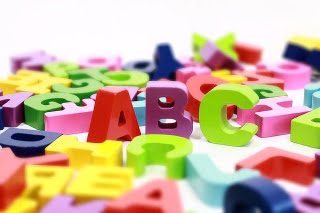
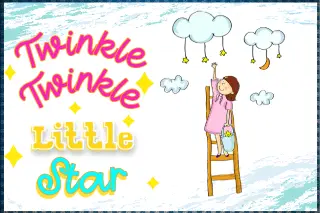
Twinkle Twinkle Little Star Lyrics
“Twinkle, Twinkle, Little Star” is a cherished nursery rhyme that has brought joy to both children and adults for countless generations. Jane Taylor is credited as the author, and it was initially published in 1806 in a collection of poems called Rhymes for the Nursery, specifically designed for young readers.
The significance of “Twinkle, Twinkle, Little Star” resides in its universal themes of curiosity and awe. It inspires children to inquire and marvel at the mysteries that surround them. The repetitive structure and melodious rhythm make it easily memorable and enjoyable for young children, fostering their early language development and cognitive abilities.
This timeless rhyme originates from the early 19th century, a period when nursery rhymes became increasingly popular as a means of entertaining and educating children. “Twinkle, Twinkle, Little Star” swiftly captivated audiences with its beautifully uncomplicated yet captivating verses.
Throughout the years, “Twinkle, Twinkle, Little Star” has become an integral part of popular culture and a cornerstone of early childhood education. Its influence is widespread, and it has been transformed into different artistic expressions, such as musical compositions and animated adaptations, solidifying its lasting impact.
Even today, this ageless rhyme maintains its ability to captivate and ignite the imagination of successive generations. It serves as a gentle reminder to cherish the small marvels that envelop us and encourages us to cultivate our inherent curiosity about the vast universe.
“Twinkle Twinkle Little Star” Lyrics
Twinkle, twinkle, little star,
How I wonder what you are.
Up above the world so high,
Like a diamond in the sky.
When the blazing sun is gone,
When he nothing shines upon,
Then you show your little light,
Twinkle, twinkle, all the night.
Then the traveller in the dark,
Thanks you for your tiny spark,
He could not see which way to go,
If you did not twinkle so.
In the dark blue sky you keep,
And often through my curtains peep,
For you never shut your eye,
‘Till the sun is in the sky.
As your bright and tiny spark,
Lights the traveller in the dark.
Though I know not what you are,
Twinkle, twinkle, little star.
Twinkle, twinkle, little star.
How I wonder what you are.
Up above the world so high,
Like a diamond in the sky.
Twinkle, twinkle, little star.
How I wonder what you are.
“Twinkle, Twinkle, Little Star” consists of six stanzas, each comprised of four lines. Through its verses, this rhyme vividly portrays a captivating image of a brightly shining star, evoking a sense of wonder and curiosity.
The opening verse sets the stage with the iconic lines, “Twinkle, twinkle, little star, / How I wonder what you are.” These lines beautifully capture the innocent awe and fascination, expressing the longing to comprehend the star’s mysterious nature.
The second and third verses emphasize the star’s position in the sky, describing it as being “up above the world so high” and resembling a glistening diamond. The imagery of its luminosity and lofty placement enhances its allure, igniting the reader’s imagination.
In the fourth and fifth verses, a contrast is drawn between the star’s radiance and the absence of sunlight. It portrays the star as a guiding light in the darkness, acknowledging its significance to lost travelers who rely on its “tiny spark” to find their way.
The final verse concludes with a sense of wonder and humility, acknowledging that the essence of the star may forever elude full understanding. It reinforces the notion that certain aspects of the world will always remain enigmatic, inviting contemplation and nurturing curiosity.
- lullaby twinkle twinkle little star lyrics
- little star song
- twinkle twinkle little star rhyme lyrics
- little stars poem
- twinkle twinkle little star lyrics in english
- twinkle twinkle little star lullaby
- twinkle twinkle little star lyrics download
- star ka rhyming word
- twinkle twinkle little star lyrics short version
- rhymes twinkle twinkle little star lyrics
- twinkle twinkle little star author
- nursery rhymes twinkle twinkle little star
- poem twinkle twinkle little star download
- twinkl twinkle little star
- twinkle little star lyrics
“Twinkle Twinkle Little Star” Another Version
In Lewis Carroll’s 1865 novel, “Alice’s Adventures in Wonderland,” he cleverly parodied “Twinkle, Twinkle, Little Star” by replacing the radiant star with a bat:
Twinkle, twinkle, little bat!
How I wonder what you’re at!
Up above the world you fly,
Like a teatray in the sky.
“Twinkle, Twinkle, Little Star” holds significant educational value for children on multiple levels. Firstly, the rhyme introduces young learners to fundamental concepts of astronomy and celestial objects. By using accessible language, it sparks their curiosity about the stars, encouraging them to observe the night sky with a sense of wonder.
Secondly, the repetitive structure and melodic rhythm of the rhyme contribute to language development and memorization skills. Through repeated recitations, children grasp phonetic patterns, expand their vocabulary, and improve their speech rhythm.
Additionally, the rhyme promotes cognitive skills such as sequencing and pattern recognition as children identify the repeated verses and follow the order of the stanzas. Moreover, the hand gesture associated with the rhyme fosters motor skills and coordination. Children mimic the twinkling motion, enhancing their fine motor control and spatial awareness.
Overall, “Twinkle, Twinkle, Little Star” seamlessly combines entertainment with educational benefits, nurturing a love for learning, language, and the marvels of the universe in young children.
- twinkle twinkle little star full poem
- twinkle twinkle little star full song
- twinkle twinkle little star how i wonder
- twinkle twinkle little star how i wonder what you are
- twinkle twinkle little star lyrics in hindi
- twinkle twinkle little star words
- up above the world so high
- who wrote twinkle twinkle little star
Frequently asked questions (FAQ's) based on “Twinkle Twinkle Little Star”
Answer: The author of the rhyme is believed to be Jane Taylor.
Answer: The rhyme compares the star to a diamond in the sky.
Answer: The star’s tiny spark provides light and helps travelers find their way in the darkness.
Answer: The star twinkles “up above the world so high.”
Answer: The star shows its “little light” when the blazing sun is gone and “nothing shines upon.”
Answer: The traveler in the dark is thankful for the star’s “tiny spark,” as it helps them find their way.
Answer: The star’s spark lights the traveler in the dark, enabling them to see and find their way.
Answer: “Twinkle, Twinkle, Little Star” was first published in 1806 in the collection of poems called “Rhymes for the Nursery.”
Answer: The rhyme introduces children to basic astronomy concepts, enhances language development, and promotes cognitive skills.
- lullaby twinkle twinkle little star lyrics
- little star song
- twinkle twinkle little star rhyme lyrics
- little stars poem
- twinkle twinkle little star lyrics in english
- twinkle twinkle little star lullaby
- twinkle twinkle little star lyrics download
- star ka rhyming word
- twinkle twinkle little star lyrics short version
- rhymes twinkle twinkle little star lyrics
- twinkle twinkle little star author
- nursery rhymes twinkle twinkle little star
- poem twinkle twinkle little star download
Some more details based on "Twinkle Twinkle Little Star"
“Twinkle, Twinkle, Little Star” originated from a longer poem called “The Star” written by Ann Taylor, the sister of Jane Taylor. Jane Taylor then skillfully adapted and condensed the poem into the iconic rhyme that continues to enchant us today. The rhyme’s lasting appeal can be attributed to the simplicity and musicality of its verses.
One fascinating aspect of this rhyme is its connection to Mozart’s composition “Ah! Vous dirai-je, maman,” which is widely recognized as the melody for “Twinkle, Twinkle, Little Star.” Mozart’s composition features twelve variations of the melody, further contributing to the enduring popularity of the tune.
Apart from its educational advantages, “Twinkle, Twinkle, Little Star” has become deeply embedded in popular culture. It has been translated into numerous languages and has been prominently featured in various adaptations, such as children’s books, television shows, and movies. Its iconic status has solidified its place as a cornerstone in early childhood education and entertainment.
Moreover, the accompanying hand gesture adds a playful and interactive element to the rhyme. Children often extend their arms and use their fingertips to imitate the twinkling motion of stars. This kinesthetic experience not only adds to the enjoyment of the rhyme but also enhances motor skills, coordination, and spatial awareness, further immersing children in the magical world of the rhyme.
“Twinkle, Twinkle, Little Star” continues to be cherished by both children and adults. Its simple yet captivating verses, combined with its educational and cultural significance, have firmly established it as a beloved and timeless nursery rhyme. Through its enchanting melody and enduring message, it encourages us all to embrace the sense of wonder and curiosity that resides within us.
- twinkl twinkle little star
- twinkle little star lyrics
- twinkle twinkle little star full poem
- twinkle twinkle little star full song
- twinkle twinkle little star how i wonder
- twinkle twinkle little star how i wonder what you are
- twinkle twinkle little star lyrics in hindi
- twinkle twinkle little star words
- up above the world so high
- who wrote twinkle twinkle little star
Some activities for children's based on "Twinkle Twinkle Little Star"
Here are some activities based on the theme of the rhyme “Twinkle Twinkle Little Star”. These activities engage children with the theme of “Twinkle Twinkle Little Star” in various ways, including sensory play, creativity, science exploration, and music. They provide opportunities for learning, imaginative thinking, and hands-on experiences, making the learning process fun and enjoyable.
- Star Gazing Adventure: Take the children outside during the evening or at night and let them observe the stars in the sky. Encourage them to point out different patterns or constellations they recognize.
Embarking on a star gazing adventure allows children to marvel at the beauty of the night sky. They have the opportunity to observe the stars, point out constellations, and discuss their significance. This activity promotes a sense of wonder, curiosity, and connection to the natural world. It sparks their imagination as they create stories and myths around the stars they see. Star gazing encourages children to develop observational skills and fosters a love for astronomy and exploration. - DIY Starry Crafts: Provide the children with materials like glitter, colored paper, and glue. Let them create their own starry crafts, such as star-shaped ornaments, greeting cards, or mobiles.
Engaging in DIY starry crafts empowers children to express their creativity while exploring the theme of stars. They can design their own star-shaped ornaments, create sparkling greeting cards, or construct beautiful mobiles. This hands-on activity encourages fine motor skills, spatial awareness, and artistic expression. Children enjoy selecting materials, gluing sequins or glitter, and personalizing their crafts. DIY starry crafts provide a sense of accomplishment and pride as children showcase their creations and share them with others. - Twinkle Science Experiment: Set up a simple science experiment to demonstrate how stars twinkle. Use a flashlight and a jar filled with water. Shine the flashlight through the water and observe how the light twinkles and refracts.
Conducting a twinkle science experiment introduces children to the concept of light refraction and twinkling stars. By shining a flashlight through a jar of water, they can observe how the light bends and flickers, mimicking the twinkle of stars. This interactive experiment encourages scientific inquiry, observation, and critical thinking. It allows children to make connections between scientific concepts and everyday phenomena, fostering a love for science and discovery. - Starry Snack Time: Prepare star-shaped snacks like sandwiches, cookies, or fruit slices. Encourage the children to enjoy their starry treats while discussing the rhyme and the concept of stars.
During starry snack time, children indulge in delicious star-shaped treats while exploring the theme of stars. This activity combines creativity and culinary enjoyment. It offers opportunities for children to engage in food preparation, develop fine motor skills, and practice following instructions. As they savor their star-shaped snacks, they can discuss the rhyme and share their thoughts about stars. Starry snack time encourages social interaction, imagination, and sensory exploration. - Twinkle Art Collage: Provide the children with various art materials like glitter, sequins, colored paper, and markers. Ask them to create a collage or artwork inspired by the rhyme. Encourage them to incorporate stars, sparkles, and the night sky in their creations.
Creating a twinkle art collage enables children to express their artistic abilities while embracing the magic of stars. They can use various materials like glitter, sequins, and colored paper to design a collage inspired by the rhyme. This activity encourages imagination, visual-spatial skills, and fine motor control. Children can experiment with different textures, shapes, and colors to bring their artistic vision to life. The twinkle art collage provides a platform for self-expression and allows children to showcase their unique interpretations of the theme.
Note: These activities offer a combination of educational value, creative expression, and enjoyment. They provide children with opportunities to explore the theme of “Twinkle Twinkle Little Star” in different ways, fostering their curiosity, imagination, and artistic skills. Each activity engages multiple senses, encourages hands-on participation, and cultivates a sense of wonder and appreciation for the enchanting world of stars.
- twinkl twinkle little star
- twinkle little star lyrics
- twinkle twinkle little star full poem
- twinkle twinkle little star full song
- twinkle twinkle little star how i wonder
- twinkle twinkle little star how i wonder what you are
- twinkle twinkle little star lyrics in hindi
- twinkle twinkle little star words
- up above the world so high
- who wrote twinkle twinkle little star
Related links
Categories
Other popular rhymes
Other related keywords and search's
- lullaby twinkle twinkle little star lyrics
- little star song
- twinkle twinkle little star rhyme lyrics
- little stars poem
- twinkle twinkle little star lyrics in english
- twinkle twinkle little star lullaby
- twinkle twinkle little star lyrics download
- star ka rhyming word
- twinkle twinkle little star lyrics short version
- rhymes twinkle twinkle little star lyrics
- twinkle twinkle little star author
- nursery rhymes twinkle twinkle little star
- poem twinkle twinkle little star download
- twinkl twinkle little star
- twinkle little star lyrics
- twinkle twinkle little star full poem
- twinkle twinkle little star full song
- twinkle twinkle little star how i wonder
- twinkle twinkle little star how i wonder what you are
- twinkle twinkle little star lyrics in hindi
- twinkle twinkle little star song in english
- twinkle twinkle little star words
- up above the world so high
- who wrote twinkle twinkle little star

